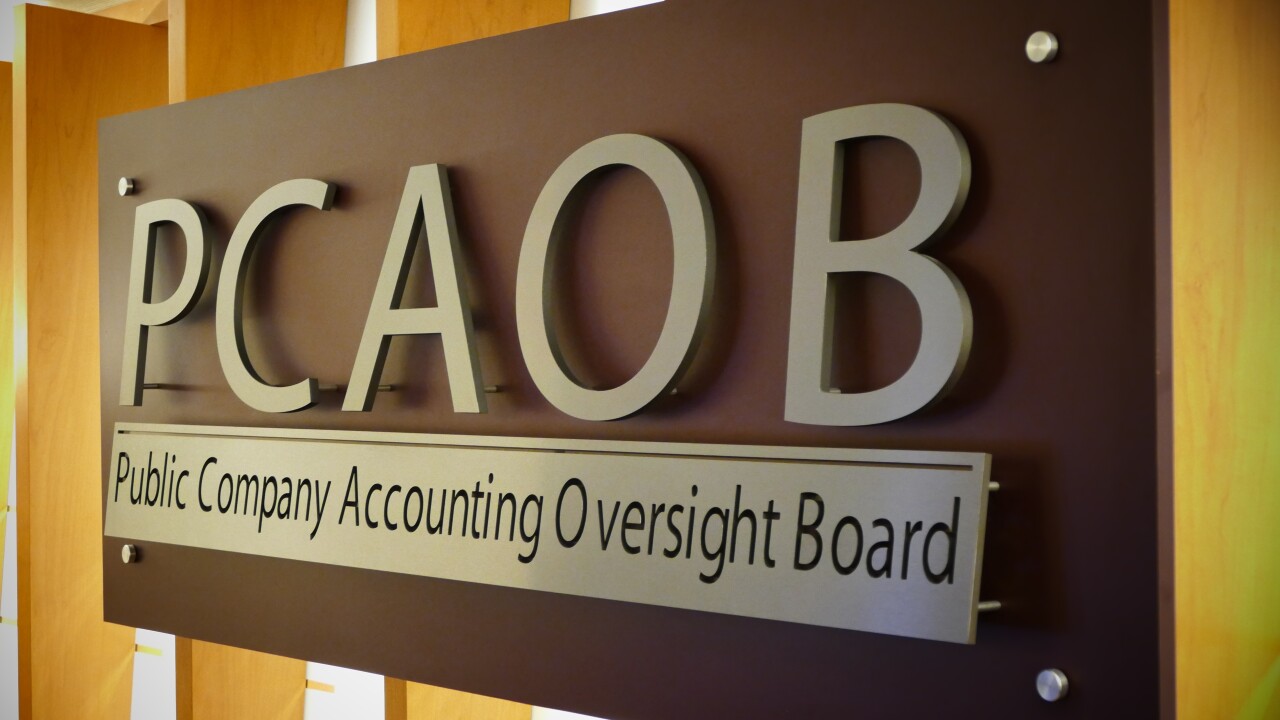The Taxpayer Advocate Service at the Internal Revenue Service is beginning to pilot test a way for taxpayers to engage in face-to-face teleconferences with case workers to help them deal with their tax problems, and the program may expand to audits as well.
National Taxpayer Advocate Nina Olson recommended that the Internal Revenue Service set up the technology to conduct “virtual face-to-face audits” with taxpayers as way to overcome persistent problems with the IRS’s correspondence examination process.
In a
Olson noted that so-called “corr exams” often turn out to be an “unnavigable labyrinth” for taxpayers, scoring low on IRS customer satisfaction surveys and in research studies conducted by her department. Over 70 percent of taxpayers who claimed the Earned Income Tax Credit and were audited said they would prefer some method other than correspondence. Olson believes the IRS should adopt technology already used in Sweden by the tax authorities in that country to recreate a face-to-face audit virtually. Swedish authorities recently demonstrated the technology to her and she has begun pilot-testing the technology in Tampa, Fla.
“In 2009 I spent a week meeting with officials of the Swedish Tax Agency and the Swedish Enforcement Agency in Stockholm,” she wrote. “In order to provide quality assistance to taxpayers in remote areas of the country (15 percent of which is above the Arctic Circle), the Swedish Tax Agency tries to arrange a room in whatever government building is located in the remote community. There, a taxpayer can log on to a computer and speak with the appropriate tax agency employee. This “Virtual Service Delivery” (VSD) approach includes high-resolution cameras so taxpayers can hold up documents and the employees can see them, determine whether the documents are relevant to the matter under review, and make specific suggestions about what more is needed to resolve the matter—all in real time.”
As a result of the meetings with Swedish tax officials, Olson noted that the Taxpayer Advocate Service has now launched a pilot test of this approach. While TAS has 75 offices around the United States, including Puerto Rico, one area of the country where there is a high concentration of underserved taxpayers who are far from any TAS office is in Tampa, where TAS cases are generally handled in the Jacksonville office. Olson said the TAS has arranged to use a room in the Tampa IRS office to offer virtual service to taxpayers in that area.
“Today, if a taxpayer in Tampa requests TAS assistance, he or she can go to the local IRS office, log on to the computer in our room there, and speak face-to-face with a case advocate in Jacksonville,” she wrote. “We have a fax machine nearby, so the taxpayer can fax us any documentation he or she may have brought, and we can receive and review that documentation in Jacksonville while the taxpayer is online with us in Tampa. We can discuss what else we need the taxpayer to do, we can answer the taxpayer’s questions and explain the next steps for case resolution, and we can see whether the taxpayer understands what we are saying. In short, we can have a virtual face-to-face dialogue with the taxpayer.”
Olson believes the technology has the potential to radically transform the IRS’s correspondence audit process and the relationship between the taxpayer and the IRS. “Envision this: a taxpayer under audit receives a clearly worded audit notice, providing the taxpayer with the option to make an appointment with a tax examiner for an online meeting,” she wrote. “The taxpayer gets a sign-in PIN and can log on from his or her home or office computer, or can go to the closest IRS office and log on from a computer specially dedicated to that purpose, or can even go to a specially designated room in another government building (e.g., post offices, Social Security offices, or tribal government offices). If the computer has a high-resolution digital camera, the taxpayer can display and the IRS can digitally record relevant documentation, eliminating the delays in mail handling and faxing. (Or, the taxpayer could take a digital photograph of the documentation with his or her smartphone and email the photo to the IRS.) The tax examiner who conducts the meeting retains the case and makes the determination. All future correspondence contains the name, phone number, and email address of that tax examiner.”
Olson added that the same approach could also be used in Automated Collection System cases and campus Appeals cases, combining the benefits of face-to-face office audits with the cost savings of the corr exam. Taxpayers would be able to explain themselves better to tax examiners, increasing the likelihood that they would provide the appropriate documentation while avoiding the constant back and forth of the correspondence approach, while improving the accuracy of the result. Taxpayers would also understand their appeal rights better, she pointed out, because tax examiners would be required to explain them.
“Moreover, tax examiners will be more likely to view taxpayers as people who are attempting to comply with the laws and need some help to achieve that compliance, rather than as mere pieces of paper (the tax return),” she added.
Olson said the IRS would need some help from Congress to accomplish such a plan, by providing the necessary funds to upgrade and equip IRS computers to capture high-resolution digital images.
“To bring the IRS into the 21st century and keep the faith with the U.S. taxpayer, the IRS needs the funds to adopt this technology and incorporate it into all of the remote, centralized enforcement and service functions it conducts less effectively today,” said Olson.
She noted that similar virtual meeting technology is already used today in other parts of the federal government for applications such as Social Security and Veterans Administration benefits hearings, and remote medical diagnostics.
“It’s time we provide this service to our taxpayers, enabling them to get the assistance and results they deserve,” said Olson. “Neither individual nor business taxpayers should have to pay taxes they don’t owe simply because the method of auditing or collecting precludes effective communication and accurate results.”





